Performing a gait analysis may be necessary to troubleshoot recurring injuries or improve run speed.
Performing a gait analysis may be necessary to troubleshoot recurring injuries or improve run speed.
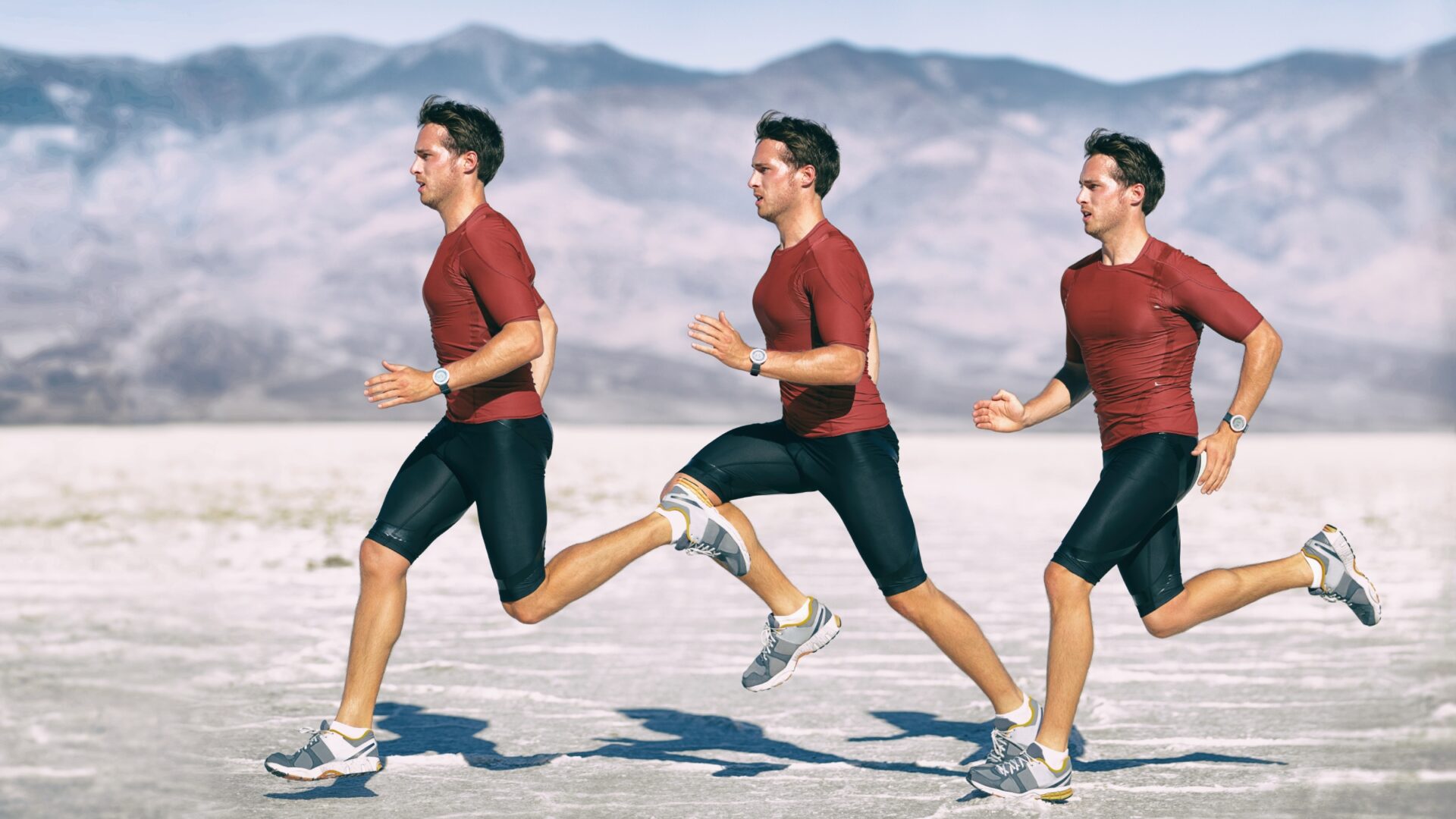
Performing a gait analysis may be necessary to troubleshoot recurring injuries or improve run speed.

Performing a gait analysis may be necessary to troubleshoot recurring injuries or improve run speed.
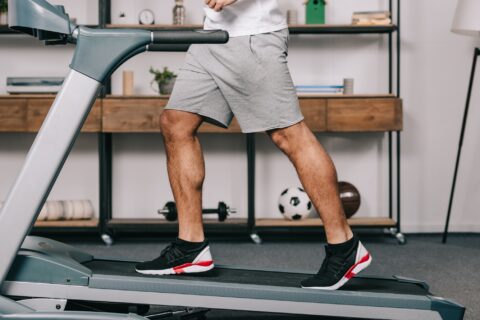
No hills? No problem! Simulate hill running on the treadmill with this 1-hour workout.
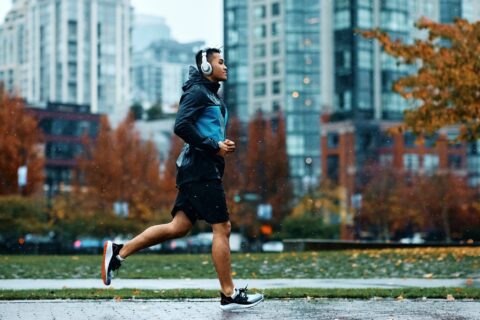
Mimic the demands of a full marathon without having to go the distance.
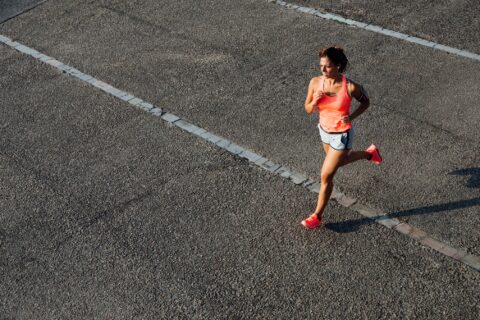
Olympic triathlete Matt Sharpe has given us a long run workout that’s perfect for building endurance in the last leg of a half-iron distance triathlon.
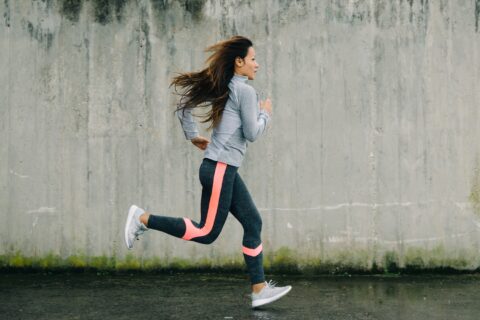
Tempo runs aren’t the most glamorous of hard runs, but they’re critical to helping you run faster and stronger.